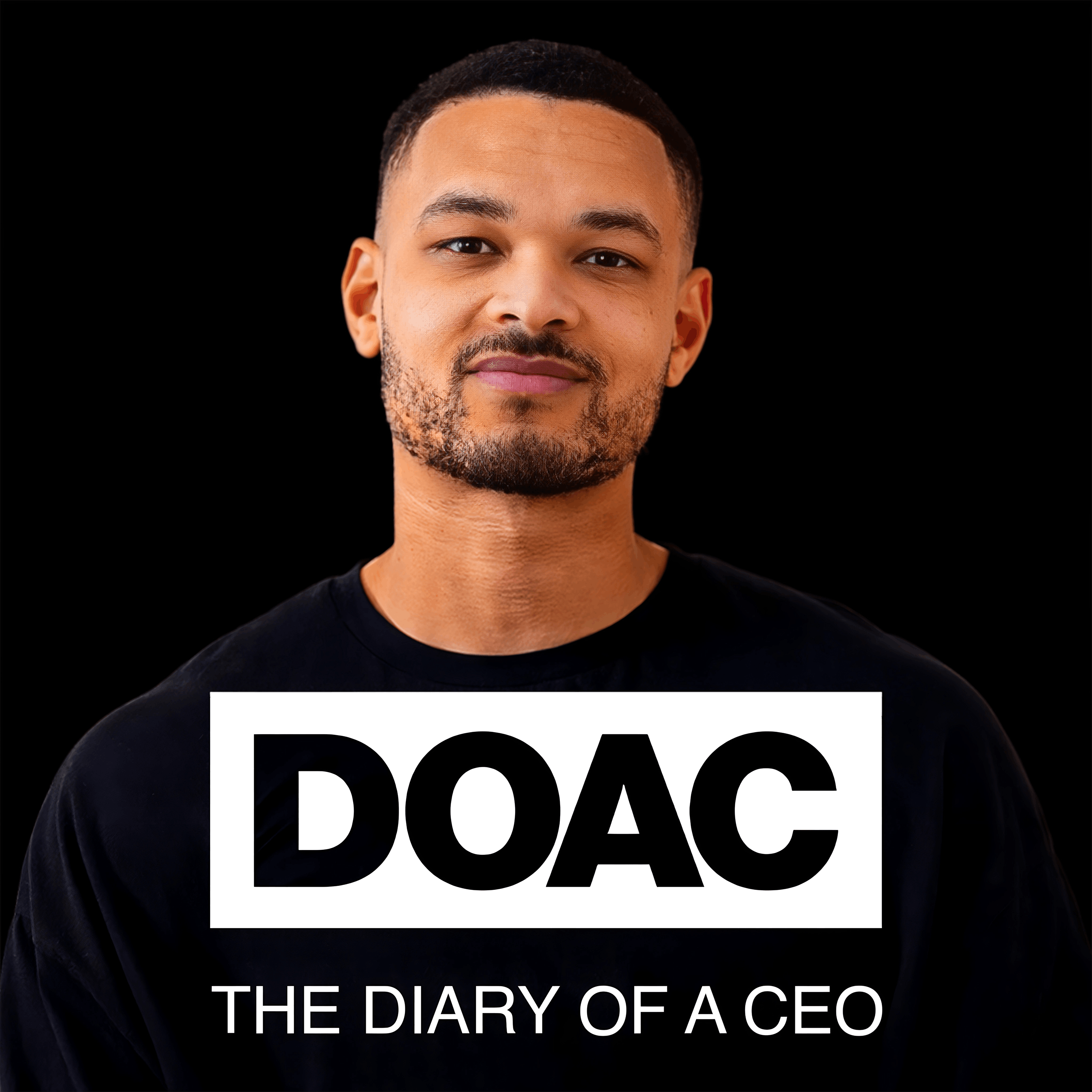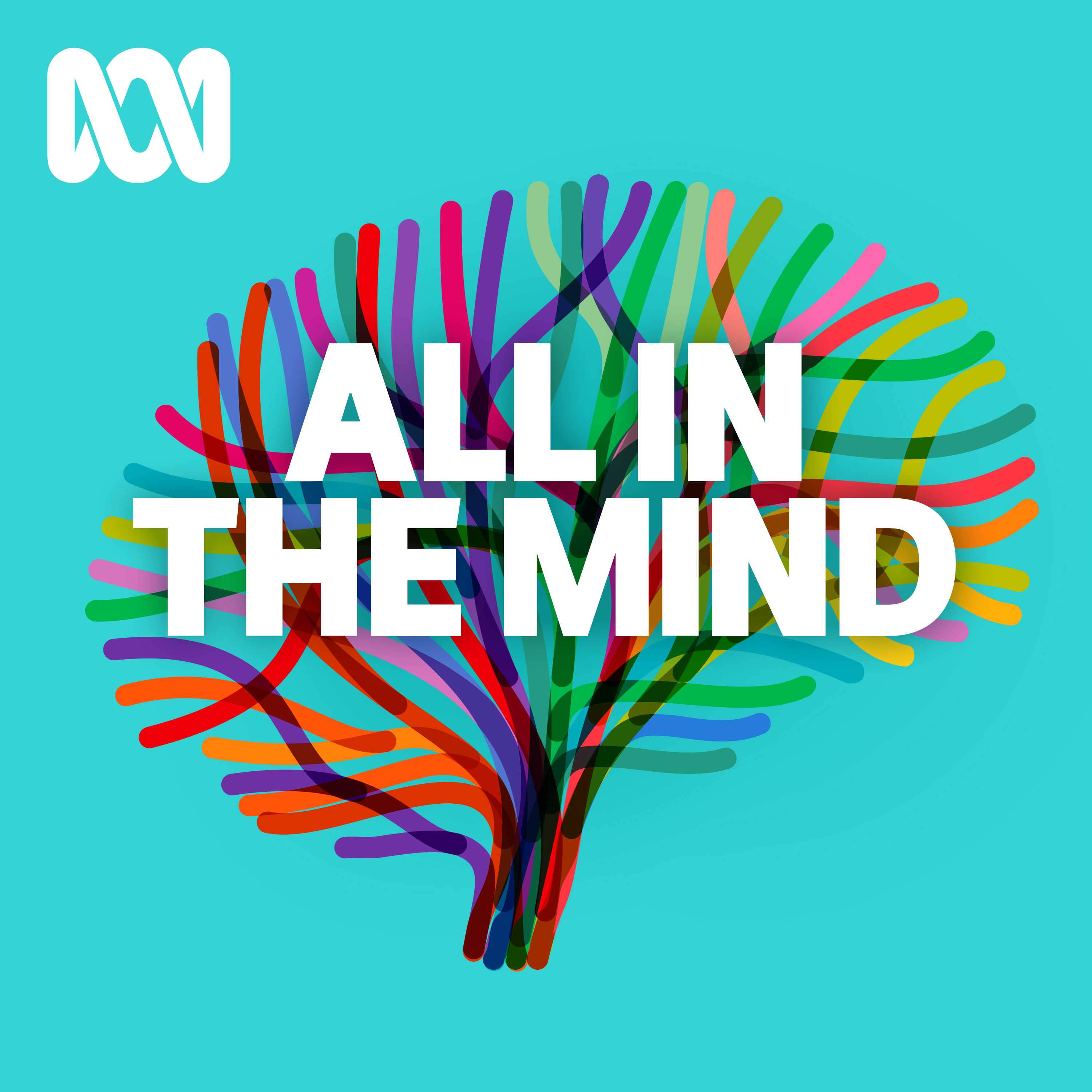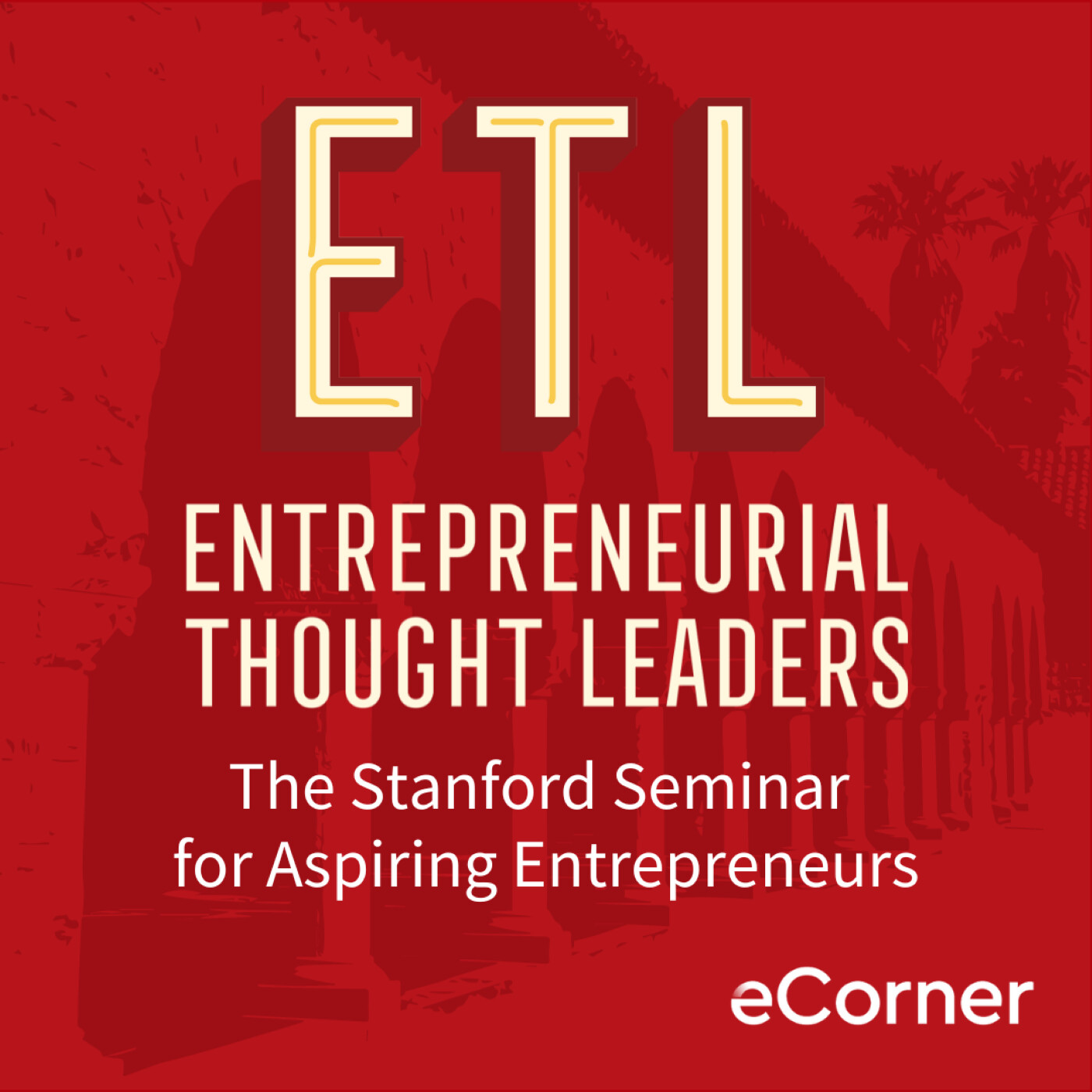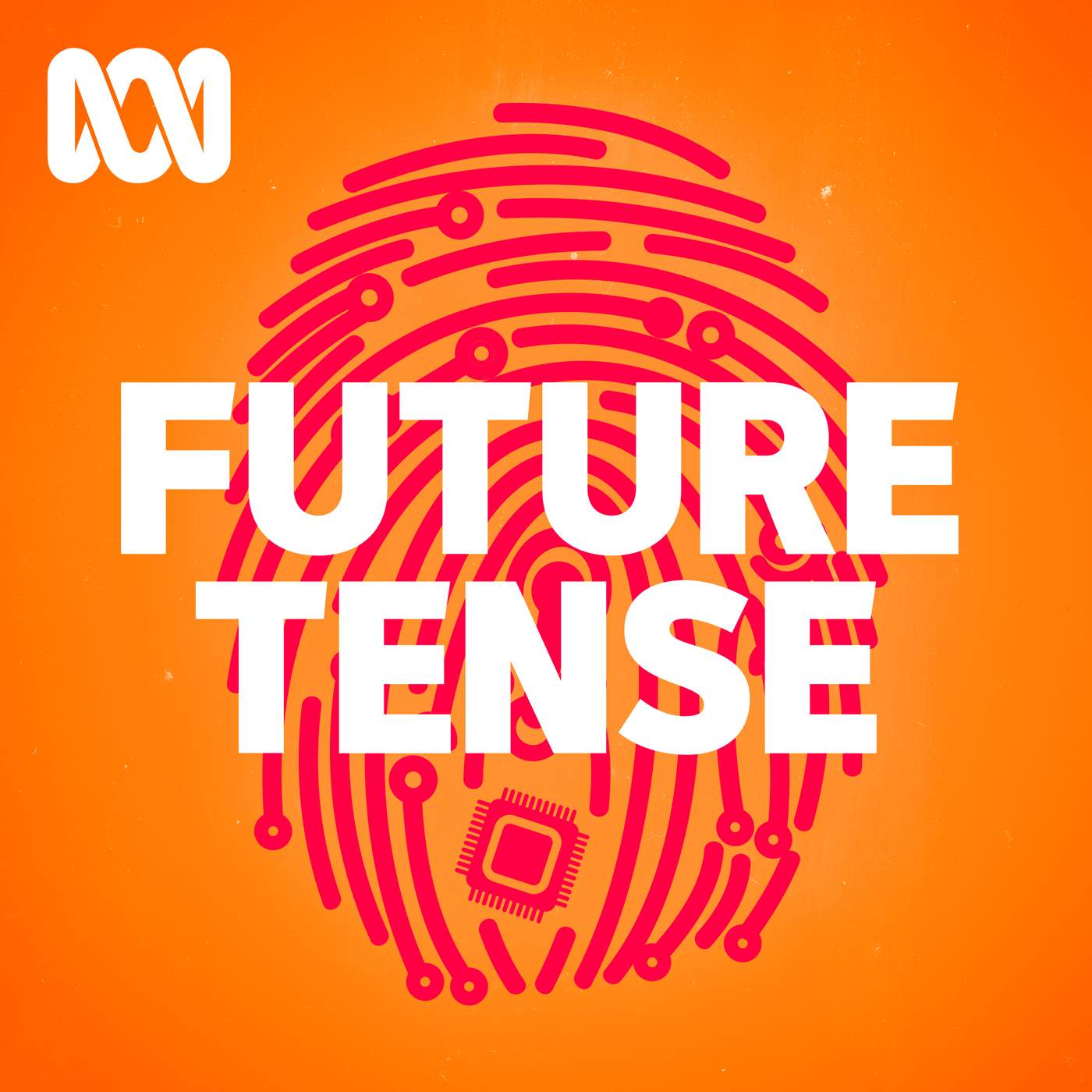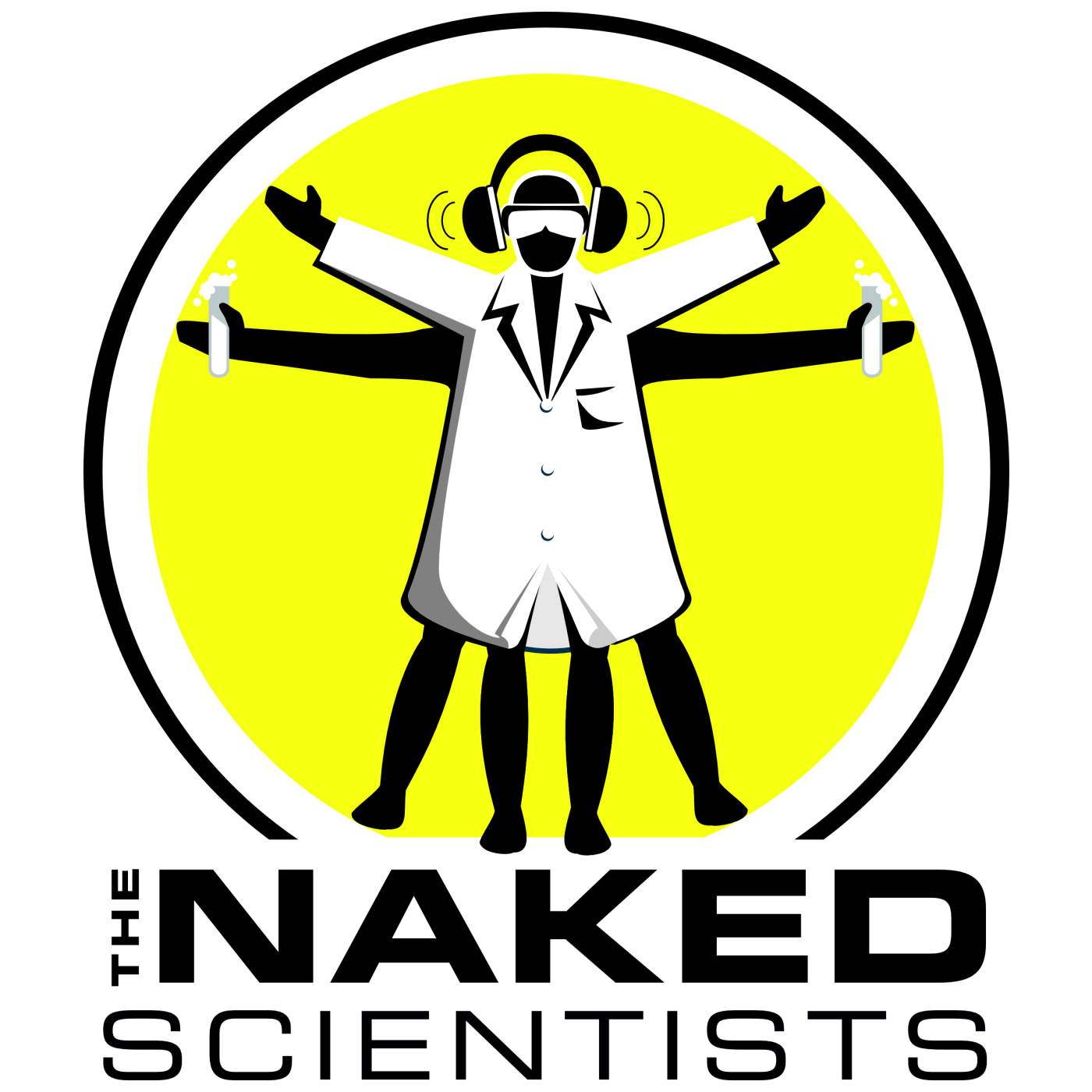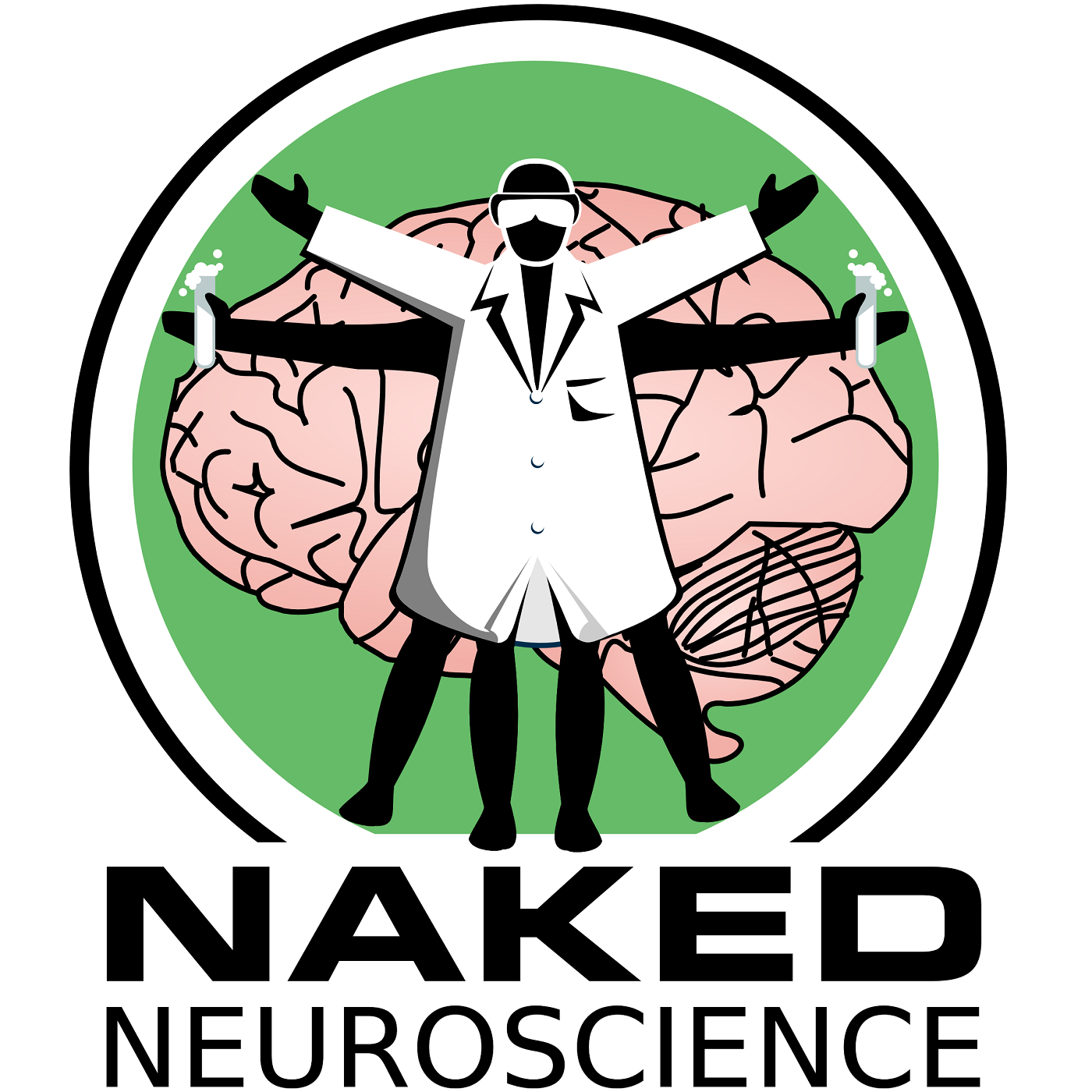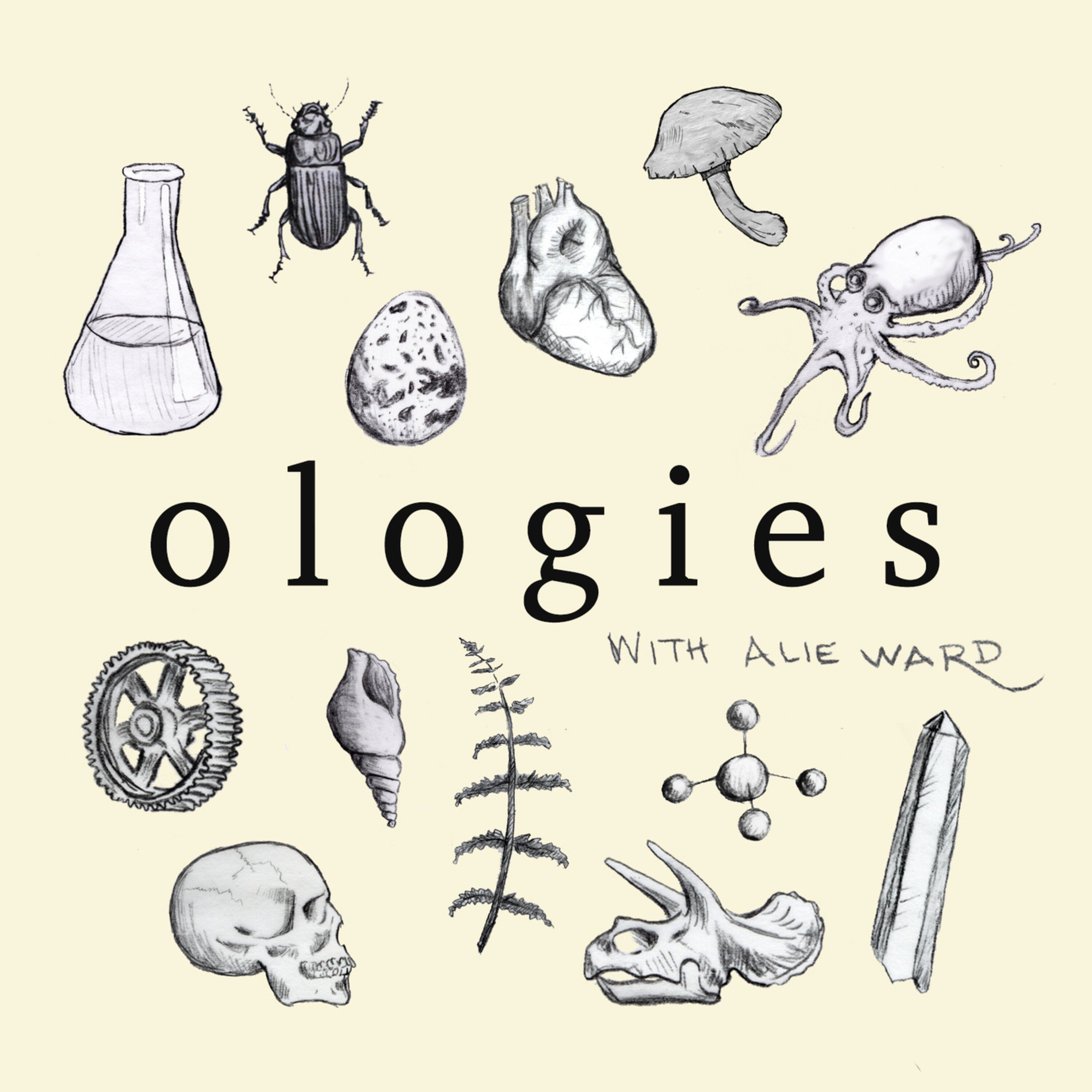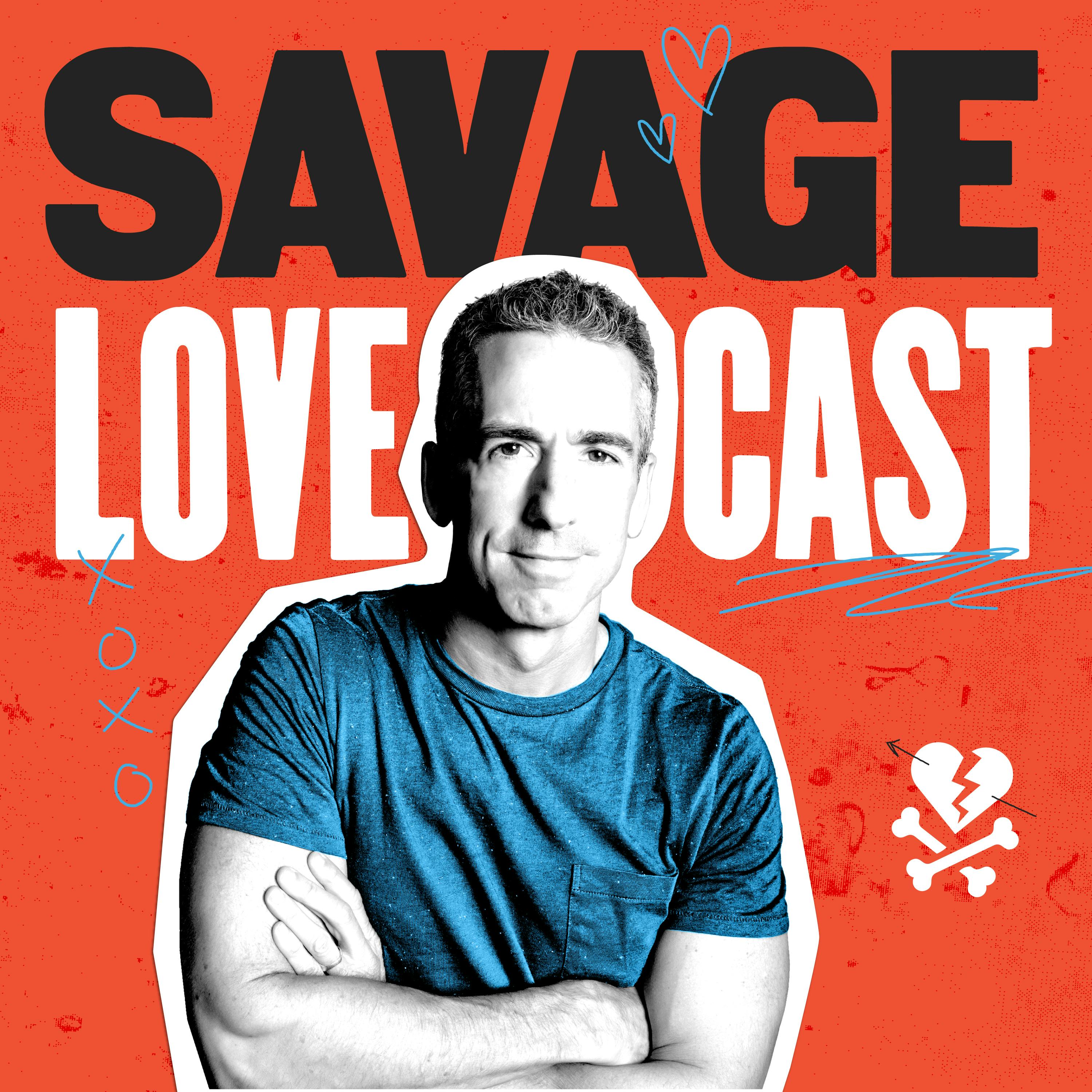
Heliox: Where Evidence Meets Empathy
Join our hosts as they break down complex data into understandable insights, providing you with the knowledge to navigate our rapidly changing world. Tune in for a thoughtful, evidence-based discussion that bridges expert analysis with real-world implications, an SCZoomers Podcast
Independent, moderated, timely, deep, gentle, clinical, global, and community conversations about things that matter. Breathe Easy, we go deep and lightly surface the big ideas.
Curated, independent, moderated, timely, deep, gentle, evidenced-based, clinical & community information regarding COVID-19. Since 2017, it has focused on Covid since Feb 2020, with Multiple Stores per day, hence a sizeable searchable base of stories to date. More than 4000 stories on COVID-19 alone. Hundreds of stories on Climate Change.
Zoomers of the Sunshine Coast is a news organization with the advantages of deeply rooted connections within our local community, combined with a provincial, national and global following and exposure. In written form, audio, and video, we provide evidence-based and referenced stories interspersed with curated commentary, satire and humour. We reference where our stories come from and who wrote, published, and even inspired them. Using a social media platform means we have a much higher degree of interaction with our readers than conventional media and provides a significant amplification effect, positively. We expect the same courtesy of other media referencing our stories.
Heliox: Where Evidence Meets Empathy
NitroFusion: High-Fidelity Single-Step Diffusion
Dive into the exciting world of NitroFusion, a groundbreaking AI image generation technology that's about to revolutionize creative industries. In this episode, we explore how this innovative approach enables near-instant image creation with unprecedented speed, quality, and efficiency—all while running on everyday hardware. Join us as we unpack the technical magic behind NitroFusion, discuss its potential to democratize AI creativity, and explore the responsible development of this transformative technology. Whether you're a tech enthusiast, creative professional, or simply curious about the future of AI, this conversation will inspire and enlighten you about the incredible possibilities ahead.
AI model allows for near-instant image creation on consumer-grade hardware
https://techxplore.com/news/2024-12-ai-instant-image-creation-consumer.html
More information: Dar-Yen Chen et al, NitroFusion: High-Fidelity Single-Step Diffusion through Dynamic Adversarial Training, arXiv (2024). DOI: 10.48550/arxiv.2412.02030
https://arxiv.org/abs/2412.02030
GitHub: chendaryen.github.io/NitroFusion.github.io/,
This is Heliox: Where Evidence Meets Empathy
Independent, moderated, timely, deep, gentle, clinical, global, and community conversations about things that matter. Breathe Easy, we go deep and lightly surface the big ideas.
Thanks for listening today!
Four recurring narratives underlie every episode: boundary dissolution, adaptive complexity, embodied knowledge, and quantum-like uncertainty. These aren’t just philosophical musings but frameworks for understanding our modern world.
We hope you continue exploring our other podcasts, responding to the content, and checking out our related articles on the Heliox Podcast on Substack.
About SCZoomers:
https://www.facebook.com/groups/1632045180447285
https://x.com/SCZoomers
https://mstdn.ca/@SCZoomers
https://bsky.app/profile/safety.bsky.app
Spoken word, short and sweet, with rhythm and a catchy beat.
http://tinyurl.com/stonefolksongs
Curated, independent, moderated, timely, deep, gentle, evidenced-based, clinical & community information regarding COVID-19. Since 2017, it has focused on Covid since Feb 2020, with Multiple Stores per day, hence a large searchable base of stories to date. More than 4000 stories on COVID-19 alone. Hundreds of stories on Climate Change.
Zoomers of the Sunshine Coast is a news organization with the advantages of deeply rooted connections within our local community, combined with a provincial, national and global following and exposure. In written form, audio, and video, we provide evidence-based and referenced stories interspersed with curated commentary, satire and humour. We reference where our stories come from and who wrote, published, and even inspired them. Using a social media platform means we have a much higher degree of interaction with our readers than conventional media and provides a significant amplification effect, positively. We expect the same courtesy of other media referencing our stories.
Okay, get ready because today we're going deep on something pretty big. AI image creation, but not the kind you're probably thinking of. Oh yeah. Yeah, forget about needing to wait on the cloud or anything like that. Right. Or needing, you know, a supercomputer. Uh-huh. This is all about near instant results and get this, on the hardware you probably already have. It really feels like things are changing fast. Yeah. You know, the SketchX lab at the University of Surrey? Oh yeah, yeah. They just released NitroFusion and it's really something else. I know, it's crazy. We've got the research papers right here, announcements, even some of the more, you know, in-depth technical stuff. Yeah. And honestly, it's blowing my mind. Just imagine you're typing a prompt. Yeah. And the image, it just appears as you type. Like you type. Not in like, you know, minutes. Right. Not even seconds, instantaneously. Yeah, that's the thing. It's not just like making things a little bit better. This is like a totally new way of doing things. Right. And because NitroFusion is open source. Oh wow. It means big changes. Yeah. Suddenly this power isn't just for the, you know, the big tech companies. It's for, well, everyone. I think that's what's so exciting to me. This is like democratization of AI. Yeah, it is. It's no longer about who's got the biggest servers or whatever. Right. It's about who's got the best ideas. Exactly. And, you know, we also have to think about sustainability too. Oh, for sure. Relying less on the cloud means using less energy overall. Yeah. Which is always a good thing. Always good. Definitely. Yeah. So you ready to get into how this magic works? Oh yeah, for sure. The research papers mention this, like dynamic adversarial framework. Right. And also something called a dynamic discriminator head pool, which honestly sounds kind of scary. Yeah. Can you break those down for us? Let's try to make it easy to understand. So imagine instead of just one algorithm looking at your AI image and judging it, you've got like a whole bunch of specialists. Like a panel, you know? Right. And each one of them, they're looking at just one part of it, like the composition, the colors, textures, even just how much noise there is while the picture's being made. That's basically the discriminator head pool. So it's not just like, you know, good or bad. It's like very specific feedback on each little piece as it's being made. As it's coming together. I can see why the quality is so good then, even with just one step. And the dynamic part means that this whole pool is constantly learning as it generates images. Interesting. This helps to, you know, avoid those weird repeating patterns that you see sometimes with AI image generator. Oh yeah. Think of it like built in quality control. Okay. So we've got this like army of virtual art critics, you know, working in real time to make sure the image looks good. Okay. I get that part. Now, what about this bottom up approach? Yeah. You mentioned that a little bit ago. And I think it's got something to do with Nitrofusion's flexibility. It does. But like, what does that actually mean for me as someone who's going to use it? Okay. Well, think about it this way. Most AI models, they work step by step, right? Refining the picture with each step. But Nitrofusion, it lets you choose how many steps you want to take. Oh, wow. All with the same model. You could get a, like a rough draft instantly, just one step. Okay. Or you could refine it with, you know, up to four steps for more detail. Wow. It really puts you in control. So instead of having, you know, different models for different levels of detail. Yeah. I can just adapt the process as I go. You got it. That's going to save so much time, especially for, you know, brainstorming or prototyping. Yeah, for sure. You can focus on one specific part of the image without having to start over from scratch every time. Say you love the composition, but you want to just tweak, you know, how a character is looking. Right. You can just do that little part. Oh, wow. And keep the rest. Okay. Yeah. Makes things a lot faster. That's a big advantage, especially for me. I tend to like to, you know, play around with things and change them as I go. Right. But how does Nitrofusion, you know, how does it compare to other stuff out there when it comes to quality? Right. Does all this speed mean that you have to sacrifice detail? That's where it gets really interesting, because the research from SketchX, it shows that Nitrofusion is actually better than other single-step methods out there. Wow. Both in terms of quality and keeping the details. But I'm guessing a slower process, one with more steps. Yeah. That probably still produces a better result overall. Well, they did studies with real people, you know. Yeah. Comparing images from Nitrofusion to images from other models. Okay. Even ones using, you know, lots of steps. Right. And guess what? People actually said they liked the Nitrofusion pictures better. No. Yeah. Even the ones that, you know, took longer to generate. So it's faster and the people think it looks better. It sounds almost too good to be true. What's the catch? Well, there are some limitations. Oh. The main one is that it was trained on synthetic images. Okay. So it's really good at making images with a sort of digital look, but it can struggle a bit with photorealism. Okay. It's like, you know, a painter who's amazing at abstract art, but needs a bit more practice with landscapes. Ah, I see. I see. Yeah. So maybe not the best tool for making super realistic photos just yet then. Right. But I bet there's still a lot you can do with it. Oh, tons. Especially when you think about how you can adapt it to other models. Right. Yeah. That's one of the most exciting things. Even though it was trained on a specific set of data, you can actually make it work with other SDXL models, which means you can basically use its speed for any kind of artistic style you want. That's amazing. Imagine getting those instant results with a model that's trained on anime or like oil paintings. Wow. Yeah. Okay. Now that's where things get really interesting. So we're talking about personalized AI image generation, where it's tailored to exactly what you need and the style you want. Exactly. And because it's open source, the possibilities are, well, endless. Endless. Yeah. It's like giving everyone the keys to a supercar and saying, "Go have fun." Right. I can't wait to see what people create with it. It's going to be amazing. I'm already thinking of ideas. But hold on. Before we go too crazy talking about the possibilities. Okay. Let's take a closer look at how all of this actually works under the hood. All right. Don't worry. We'll keep it easy to understand. We'll keep it simple. All right. So want to peek under the hood a bit? Yeah. Let's do it. But we won't get too technical. Yeah. Yeah. For sure. Keep it high level. High level. Okay. So at its core, Nitro Fusion is using what's called a diffusion model. It's a technique that's becoming pretty popular in AI image stuff. Yeah. I've heard of that. You can kind of think of it like you take a perfectly clear picture. You add a bunch of noise to it. You scramble it up. And then you train the AI to reverse that process to get back to the original image. So it's like solving a puzzle, but the puzzle is a messed up picture. And the AI has to figure out how to fix it. Exactly. That's a great way to put it. The difference here, though, with Nitro Fusion is that it's designed to do all that unscrambling in one step. Oh, wow. Traditional diffusion models, they take multiple steps to refine the image, which is why they're often slower. Right. Nitro Fusion is all about speed and being efficient. Okay. That makes sense. Yeah. So we have this diffusion model doing its thing in the background. Right. But you also mentioned this adversarial framework. Yeah. Which honestly sounds kind of, I don't know, intimidating. It's not as scary as it sounds, I promise. Okay. Think of it like two AI models working together. Okay. But also kind of competing with each other. Right. So you've got the generator. That's the one making the image. Yeah. And then you've got the discriminator and it's like the judge. Okay. It looks at the picture and decides, is it good or not? So the generator is trying to make a convincing picture and the discriminator is trying to catch it out. Exactly. And it's through this back and forth, you know, that both of them actually get better. Interesting. The generator learns to make more realistic pictures to fool the discriminator. Yeah. And the discriminator gets better at spotting the fake. So it's like a constant game of one-upmanship. It is. But ultimately it results in better images overall. Exactly. And what's cool about NitroFusion is that it actually uses a whole pool of discriminators. Oh, wow. Not just one. Remember those art critics we were talking about? Oh, yeah, yeah. Each one's like a specialist in some aspect of image quality and even at different noise levels. Okay, yeah. So some might be focusing on the overall composition early on. Right. While others are looking at tiny details like textures towards the end. So it's like having a whole team evaluating the image from all angles, making sure it's really good. Yeah, exactly. But wouldn't using, like, so many discriminators require a ton of computing power? That's a great question. It's actually one of the things that makes NitroFusion so innovative. Okay. It does all of this really efficiently, even on, you know, regular consumer hardware. So not only is it fast and high quality, it's also really efficient. You got it. It really is living up to the hype. Okay, so we've talked about the diffusion model. Yeah. Adversarial framework. The discriminator pool. Yeah. Is there anything else going on under the hood that makes NitroFusion so good? There is one more key thing. Multiscale dual objective training. Oh, okay. That sounds complicated. It's basically just saying that the AI is trained to pay attention to, like, the big picture of the image. Okay. And also the tiny little details at the same time. Okay. So it's not just making a blurry blob that kind of looks like the prompt. It's capturing all those little textures and patterns that make an image feel real. So it's like having a wide angle lens and a macro lens working together. Yeah. To capture, you know, the big picture and the little details. Exactly. I think that explains why the images look so real, even with just one step. It does. It's this whole combination of things that make NitroFusion so good. Okay. It's fast. It makes great images. But beyond all the technical stuff, what I think is really exciting is how this could change different industries. Yeah, for sure. We've already talked about some of those possibilities, but I'd love to hear, like, specifically where you think NitroFusion could be a real game changer. Okay. Well, let's start with, say, filmmaking and animation. Okay. Imagine making entire scenes in real time. Wow. And being able to, like, change things on the fly. Yeah. It would totally revolutionize the whole creative process. You could experiment so much more. Yeah. No more waiting hours for a single frame to render, right? Exactly. It would be like sculpting with light and form. Wow. Bringing your vision to life instantly. And what about gaming? Oh, yeah. I feel like the possibilities for, like, immersive, interactive environments are, like, mind-blowing. Mind-blowing. Totally. Yeah. Imagine these open-world games where the environments are always changing, reacting to what you do. Oh, yeah. Or games that are, like, personalized to you based on what you like. Right. The level of detail and how responsive things could be, it would be unlike anything we've ever seen before. And it's not just entertainment, right? Right. We talked about education earlier, and I think NitroFusion could be a huge tool for learning and exploring. Absolutely. Interactive textbooks that actually come to life. Wow. Learning that's tailored to each student. Uh-huh. And virtual field trips where you can go anywhere, anytime. That would be amazing. The potential is huge. It's like giving everyone access to this, like, pocket universe of knowledge and creativity. It really is. But, you know, with all this excitement, we also have to think about the potential downsides. You're absolutely right. Any powerful tool can be misused, and AI is no exception. Yeah. We've already seen concerns about AI being used for, you know, deep fakes and spreading misinformation. Right. Is that something we should be worried about with NitroFusion? It's a valid concern, for sure. Yeah. The fact that anyone could make these realistic images so easily, even for bad reasons, that's something we need to be very aware of. Right. But I actually think that NitroFusion being open source might also be part of the solution. Oh, okay. How so? Well, when the code is out there for everyone to see- Yeah. It means there's more transparency. Okay. More people can look at it, understand it, and, you know, point out potential problems. Right. The whole community can work together to find those vulnerabilities and figure out ways to protect against misuse. It's like a collective effort to make sure this powerful tool is used responsibly. Exactly. And it's not just about preventing the bad stuff. It's also about making sure AI is developed and used ethically. Right. Yeah. The people who created NitroFusion, they've been really vocal about being responsible with AI. They're encouraging everyone to talk about it and work together. That's really good to hear. Gives me hope that we can handle this new technology thoughtfully, you know, rather than just reacting to problems after they happen. Exactly. We need to be aware of the risks, but also embrace the amazing things this technology can do. I agree. I think we've covered a lot today. We talked about how NitroFusion works. Yeah. What it can be used for. And even the ethical side of things. For sure. It's clear that this is a huge step forward in AI image creation. It could really change creative industries and give so much power to individuals. It really is. It's an exciting time to be seeing all of this happening. It is. And it's just the beginning. I can't wait to see what comes next. Me too. And, you know, before we get too carried away thinking about the future, I want to circle back to one thing about NitroFusion. Nope. It's adaptability. Right. We talked about how it can be adjusted to work with other SDXL models, which means you could use its speed for any artistic style. Yeah. But how easy is that for, you know, regular people to do? That's a good question. Right now, it does take a bit of technical knowledge. OK. You have to adjust weights and parameters, stuff like that. Right. Which can be pretty tough if you're not a coder. So is it just a tool for, like, developers and AI experts then? Not necessarily. The AI community is, you know, really active and always coming up with new things. Yeah. I wouldn't be surprised if we start seeing, like, user-friendly tools pretty soon. Oh, cool. To make it easier for people who aren't coders to do that adapting. It's just a matter of time. That would be incredible. It would. It would really open things up for everyone to experiment and create, even if they don't have that technical background. Absolutely. Yeah. It's really exciting to think about a future where anyone can, you know, tweak these AI models and make them work for their own creative projects. But I'm curious, what are the researchers working on now? Like, what's next for Nitrofusion itself? Well, they're definitely not just sitting back and relaxing. OK, good. One of the big things they're focused on is making Nitrofusion better at handling, you know, real-world images. OK. Remember we talked about how it was trained on synthetic data? Yeah, yeah. Which is why it sometimes has trouble with, you know, photorealism. Right. So they're trying to, like, bridge that gap between the digital look and the nuances of real photography. Exactly. They're trying different training datasets, experimenting with new techniques, all to make Nitrofusion more, well, more versatile. So imagine being able to create, like, photorealistic images, but with that same speed and efficiency. Exactly. That would be huge for so many fields. Oh, yeah. Advertising, marketing, even architecture and design. And what about those ethical concerns we talked about? Are they doing anything to address those, you know, while they're making all these technical advances? Absolutely. The researchers are very aware of the, you know, the potential for misuse. Yeah. They're actually working with experts in AI ethics. Oh, wow. To develop, like, safeguards and guidelines to make sure it's used responsibly. I'm glad to hear that they're taking that seriously. Yeah. You know, baking those ethical considerations right into the development process. It's not just about making the technology better. It's about making sure it's used for good. Exactly. And it's not just up to them, either. It's a responsibility we all share as, you know, users and members of this AI community. Yeah. We need to be aware of what this technology can do and make sure we use it ethically. I think that's a great point. Yeah. I feel like we've covered a lot today. We talked about the technical stuff, what NitroFusion can do, and even the ethical side of things. It's been a good conversation. It really has. Yeah. And it's clear that NitroFusion is a big leap forward. It has the potential to change creative industries and give individuals a lot of power. Absolutely. It's an exciting time to be watching all of this happen. It is. And it's just the beginning. Oh, just the beginning. Who knows what other incredible advancements are coming as NitroFusion continues to develop and inspire new innovations. I'm really looking forward to seeing what the future holds for AI image creation and all the ways it'll make our lives better. I am, too. And, you know, I think our listeners are just as excited as we are. So to everyone out there, if this deep dive into NitroFusion has, you know, sparked your curiosity, we encourage you to learn more. Yeah. We've got links to all the resources we talk about down in the show notes. And if you have any thoughts, questions, or even just some cool ideas you want to share, leave a comment below. Yes, definitely. We love hearing from you. We do. Because ultimately, the future of AI is shaped by all of us. It's a journey we're all on together. That's right. So let's, you know, embrace the possibilities, navigate the challenges responsibly, and see what amazing things we can create together. Well said. Thanks for joining us on this deep dive. Until next time, keep exploring, keep questioning, and keep creating. And remember, the only limit is your imagination.
